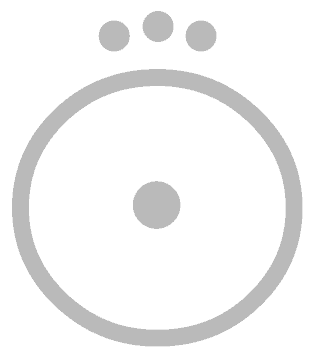Inner Force
A conversation about what moves us.
My journey begins there, on the horizon between the known and the unknown; the boundary where ice, land and ocean merge. The people of the Bering Strait have a name for that ever-changing place: Kromka. The Edge.
— Álvaro Laiz.
During the last Ice Age, a group of humans traveled from Asia to the Americas across the Bering Strait. It is believed that these people were the first to settle on this continent, thus becoming the ancestors of the people who later inhabited this territory.
Archaeological findings and genetic studies during the last decades have been expanding the estimated date of that first arrival in America. The Naia skeleton: 12,000 years, the Anzick child: 12,600 years, the Clovis spearheads: 13,000 years, human coprolites in Oregon: 15,000 years, the finds at Monte Verde, Chile: 18,000 years, the footprints in White Sands National Park in New Mexico: between 21,000 and 23,000 years. The questions about the time of entry, as well as the speed and direction of dispersal of the first people to populate the Americas are far from being resolved.
Despite the mystery that still surrounds this migration, what we do know is that it was a journey of epic proportions. The humans who first arrived in the Americas took each of their steps into unknown territories, forsaking the familiarity of their surroundings to explore new possibilities. The path of these Paleo-Siberian populations that colonized the last of the continents thousands of years ago hides the story of our past, but it also has something to tell us about our present and our future. In the spiral of deep time, we are all involved in large-scale migratory processes that confront us once and again with unknown territories.


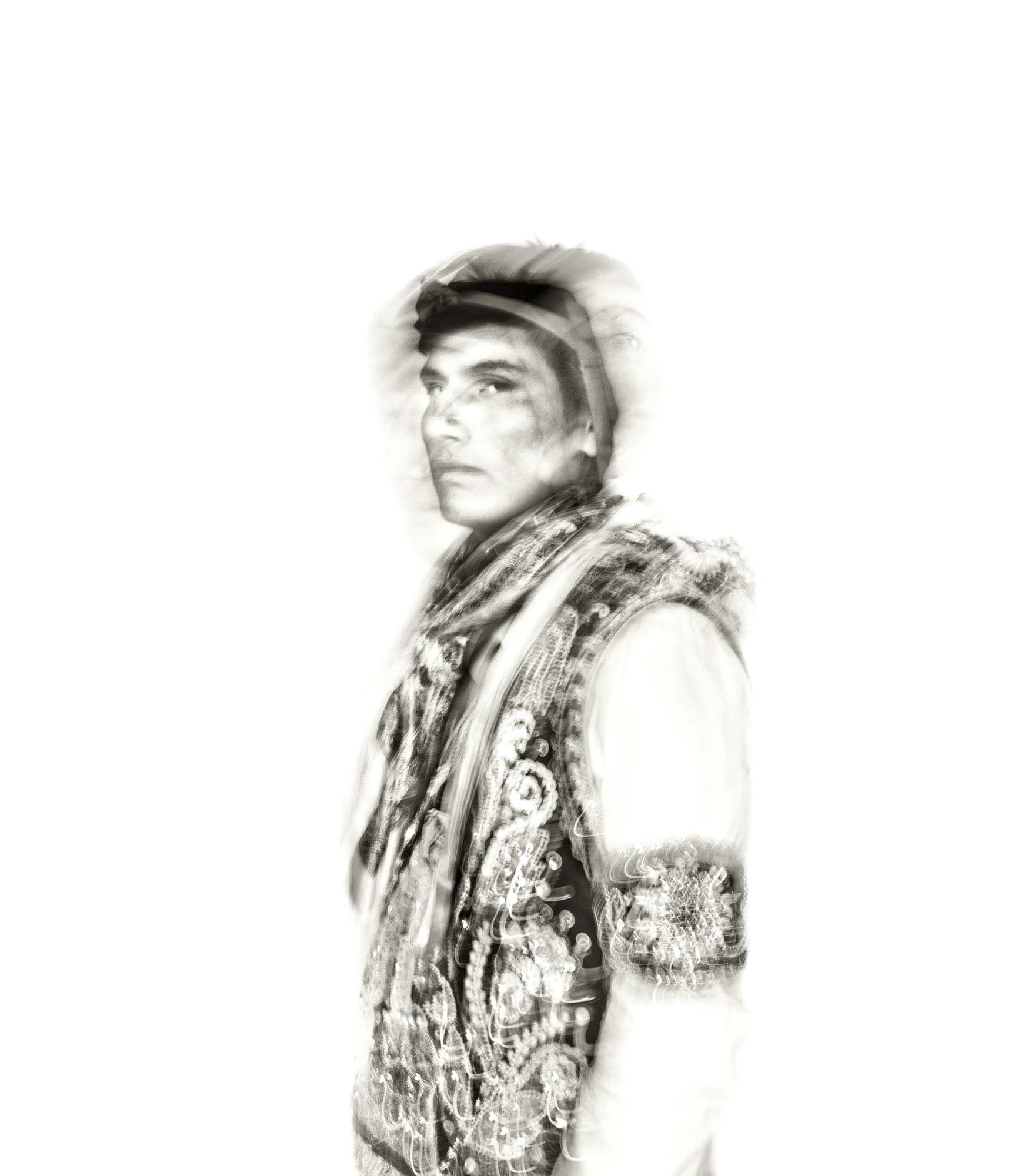

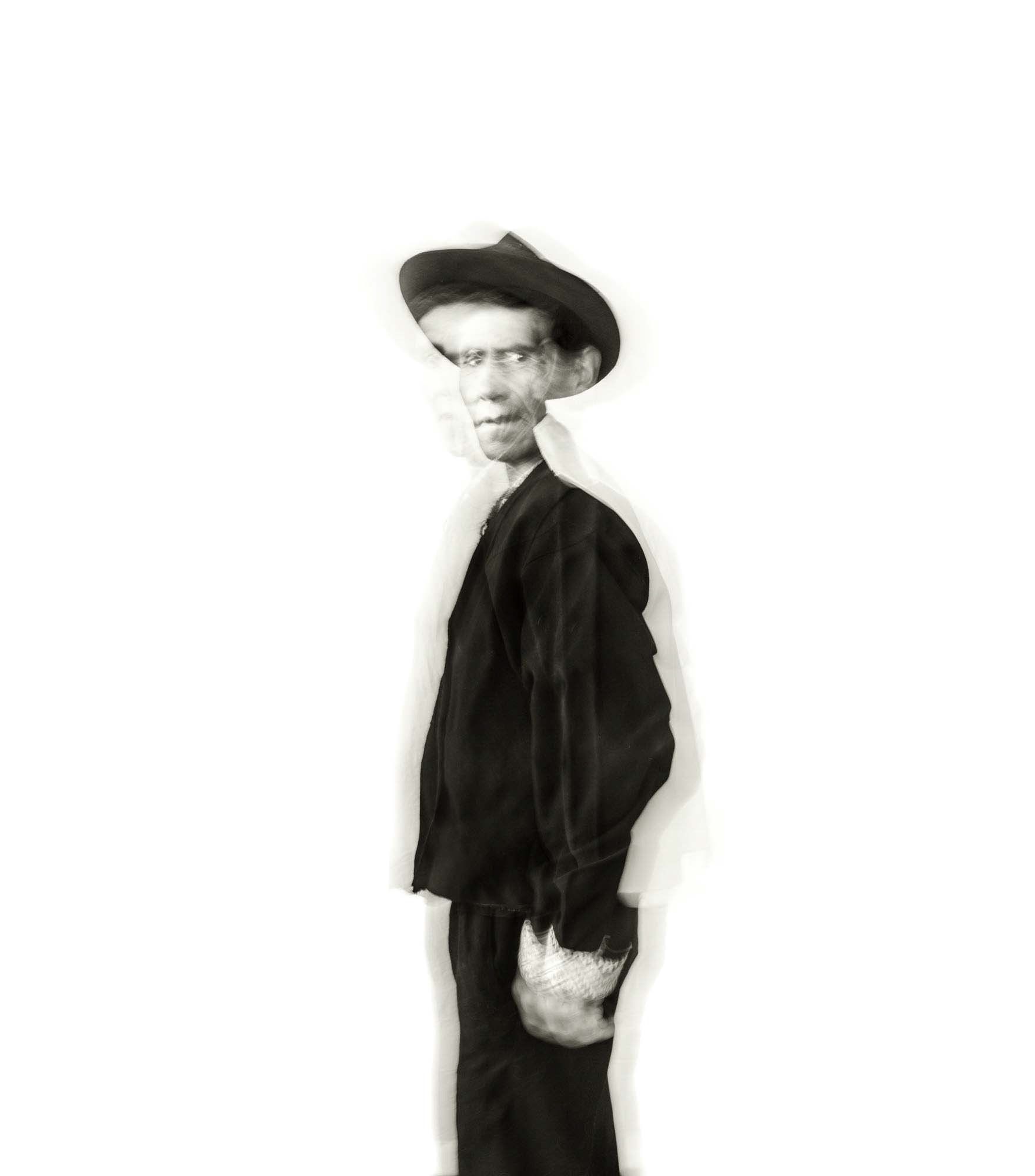




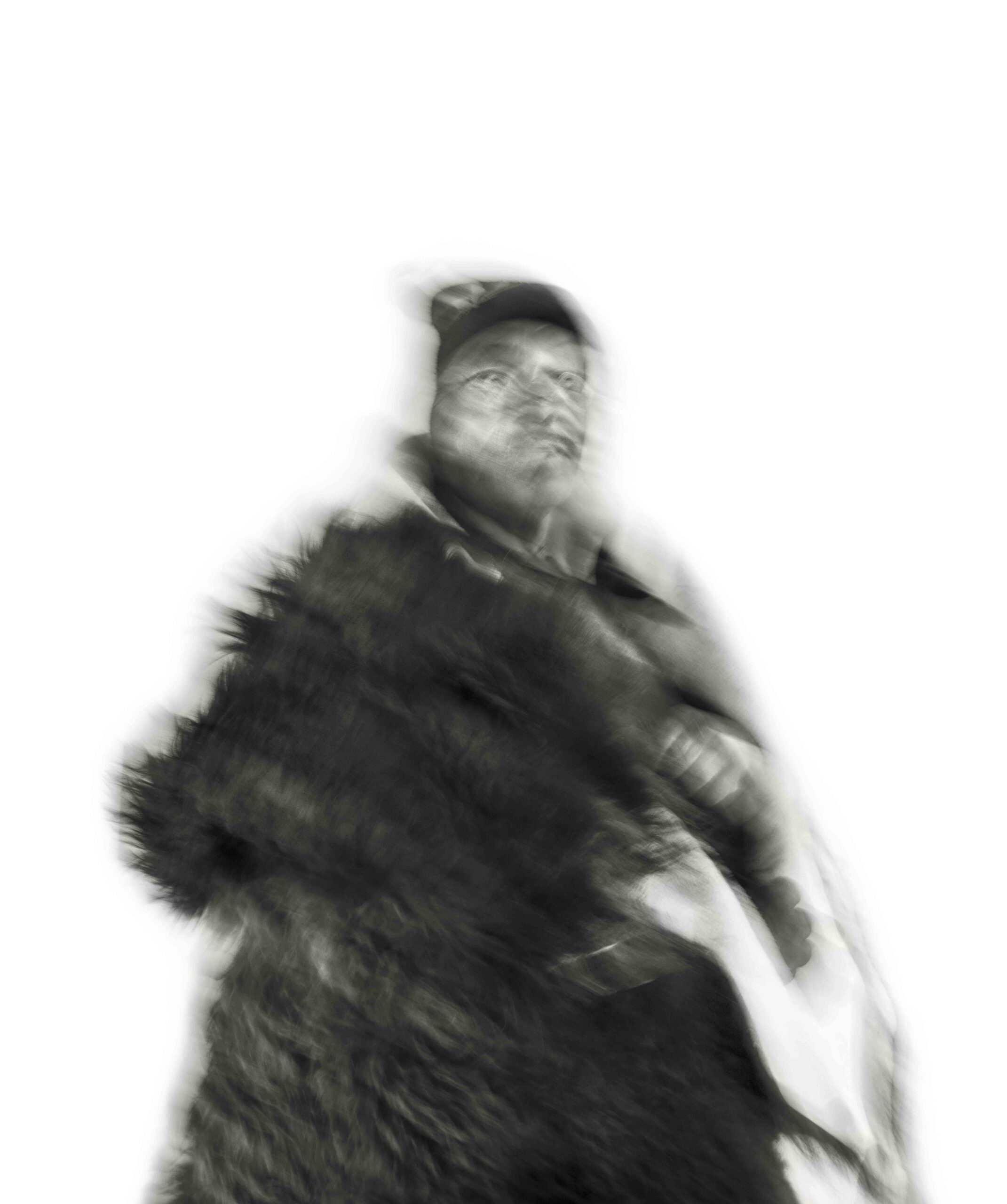


In the same way that our footprint leave their mark on our path, we are a product of the paths that we take.
— Álvaro Laiz.
It is believed that there were no humans on the other side of that last frontier when a group of hunters crossed the Bering Strait. As they wandered, these populations began to make their mark in the new territory. Each mark, artifact and body left behind became a clue of this migration waiting to be discovered and deciphered. Less evident, perhaps, is the fact that the territory also began to leave its marks on the bodies of those who passed through it. The land telling her own story.
The life experience of those people, their way of thinking and feeling was the fruit of a deep and physical contact with the landscapes that sustained their journey: the moorlands, the prairies, the dense jungles. This intimacy became identity and culture through rituals—one of the oldest forms of codification and transmission in our human history. This ability to codify, conserve and transmit information gave human beings the capacity to transcend time, to narrate themselves in the past and project their identity into the future. Retributive dances, for example, consist of sequences of movements aimed at restoring balance with nature. A code that makes it possible to transmit a message from generation to generation in an apparently simple but actually very sophisticated way, through gestures.
The interaction with landscapes also became identity through another type of collective memory that is inscribed in bodies: genetic memory. DNA consists of a sequence of nucleotides aimed at transmitting the biological information that cells use to develop and function. A code that makes it possible to transmit a message from generation to generation, patiently inscribing not only our individual histories but also the history of the entire human species.
In 2005, the National Geographic Society launched the Genographic Project, a genetic research project that sought to reveal patterns of human migrations. The project collected DNA samples with a special focus on indigenous populations, because communities that have remained in the same region offer the best chance of identifying genetic differences that have originated over the past millennia. The project provided fascinating data, at times allowing a clearer mapping of migratory routes, at other times opening up new questions that complicate the story, and in several cases 'corroborating' (under Western logic) what many Native American peoples already knew through their oral tradition: that they are direct descendants of those first peoples who arrived on the continent, that their history and that of the territory are intrinsically connected.
Perhaps there were no humans on the other side to witness when the group of hunters crossed the Bering Strait, but we are left with the traces, the data, the rituals, the echoes over time. And above all, their descendants are still here. In the territory and in the bodies—and in the culture that emerges from the encounter between them—are written the memory and the map of our journey, leaving codes and stories for those who in the future will ask themselves the question that has always unsettled humanity: Where do we come from?
In 1974 a message left Earth bound for the star cluster called M13, located in the Hercules constellation. The Arecibo Message—named after the radio telescope from which it was sent—would take 25,000 years to reach its destination. If it reached someone there capable of deciphering it and responding, that response would take another 25,000 years to return to Earth. Donald Campbell, who was one of the researchers associated with the Arecibo Observatory at the time, said it was a strictly symbolic event "to show that we could do it". But in 2022, a group of astrophysicists proposed to update the message. This time, Jonathan Jiang, one of the authors of the project stated that ''we want to send a message in a bottle to the cosmic ocean, to say, 'Hey, we're here'...Even if we're not here in a few years.''
The message sent in '74 included depictions of the fundamental chemicals of life, the formula for DNA, a diagram of our solar system, and images of a human being and the Arecibo telescope. The proposed update, called Beacon in the Galaxy, would convey more information about math and science; a map of the Earth; more detailed male and female human figures; the structure and composition of the Earth; and an invitation to respond.
Scientific understanding of DNA began only about 150 years ago, when the Swiss chemist Friedrich Miescher first identified what he called "nuclein" and which we know today as DNA. It took more than 50 years for scientists Watson and Crick to formulate a precise description of the complex structure of this molecule, and it was not until 25 years ago that an international research team achieved the scientific milestone of deciphering the genetic code of a complete human chromosome for the first time.
Our DNA, like the Arecibo Message, contains information about the fundamentals of life and its evolution, maps of the paths traveled, clues about the composition of the environment at a given time. They function in a very similar way: transporting a message through time, from our most remote past. Although our understanding of this code is getting increasingly better, just like the potential alien who receives the Arecibo Message, there are questions to which we may never find answers: who or what sent this message to the cosmic ocean? for whom? with what purpose?
We are destined to mystery. When it comes to our genes, we are recipient and sender: a message that is written as it exists and exists as it is written.
We are a message in motion.
When you see time as an arrow, you see things to get across, when you see time as a spiral, you see paths to travel.
— Álvaro Laiz.



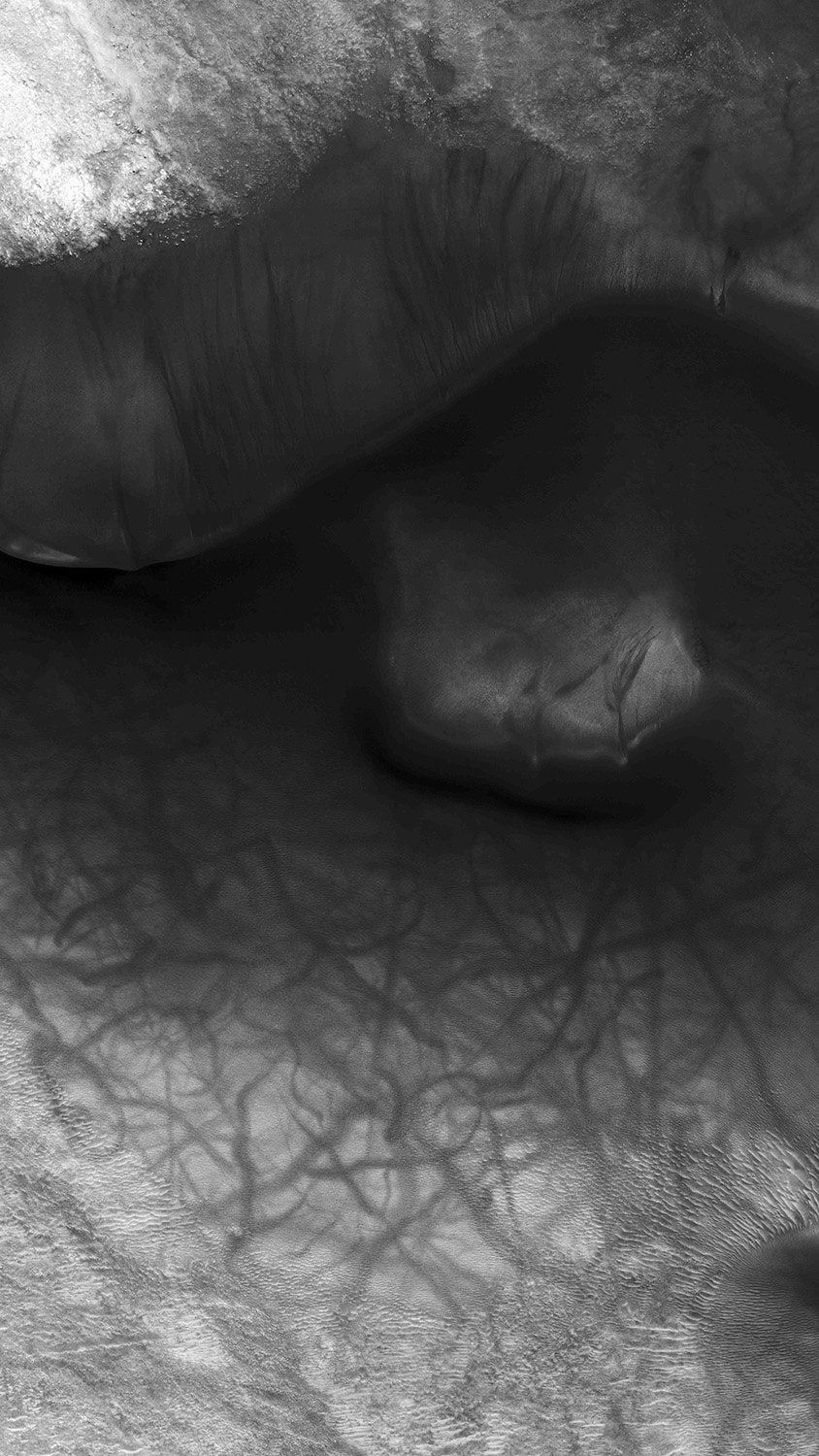
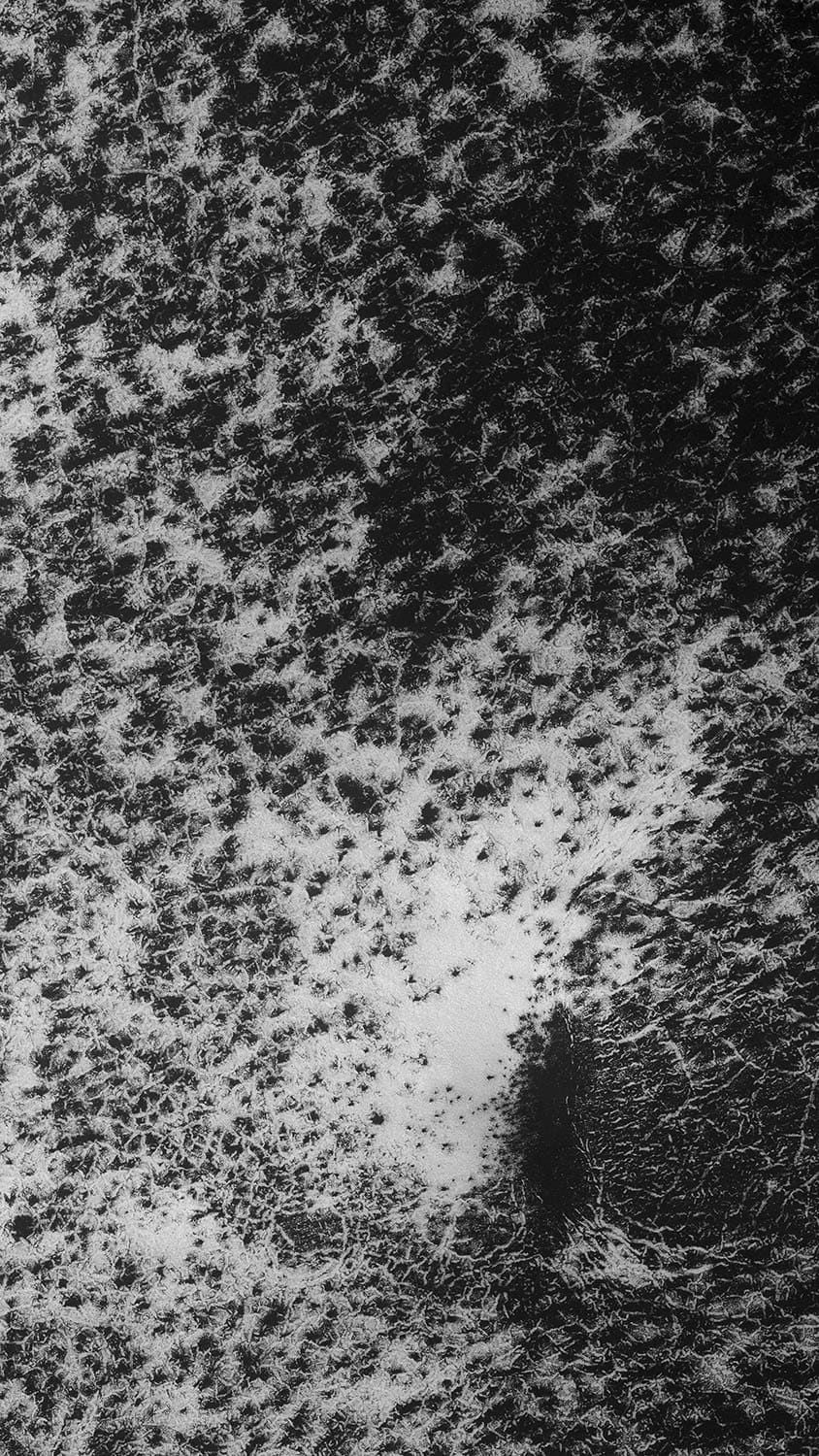
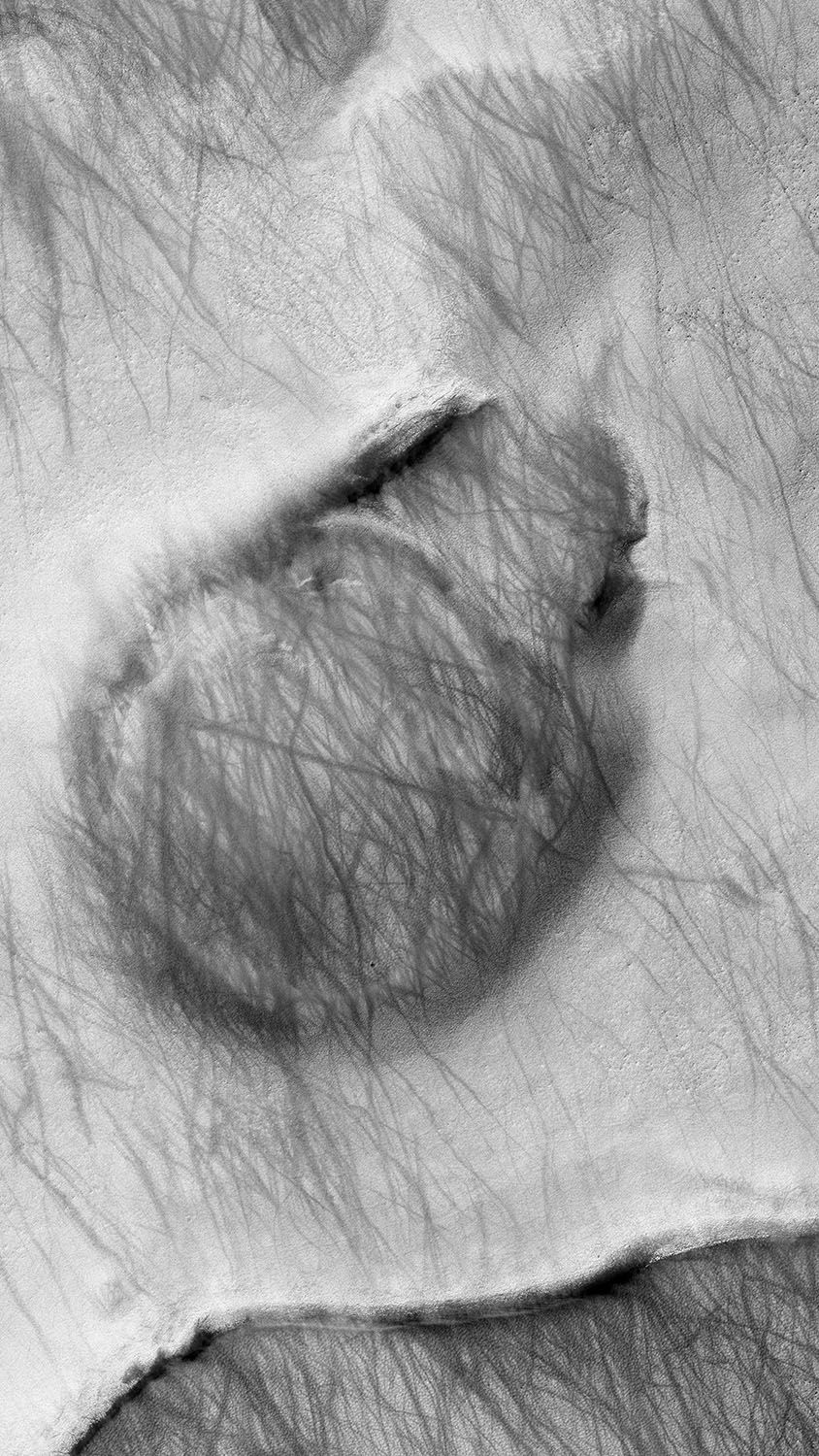
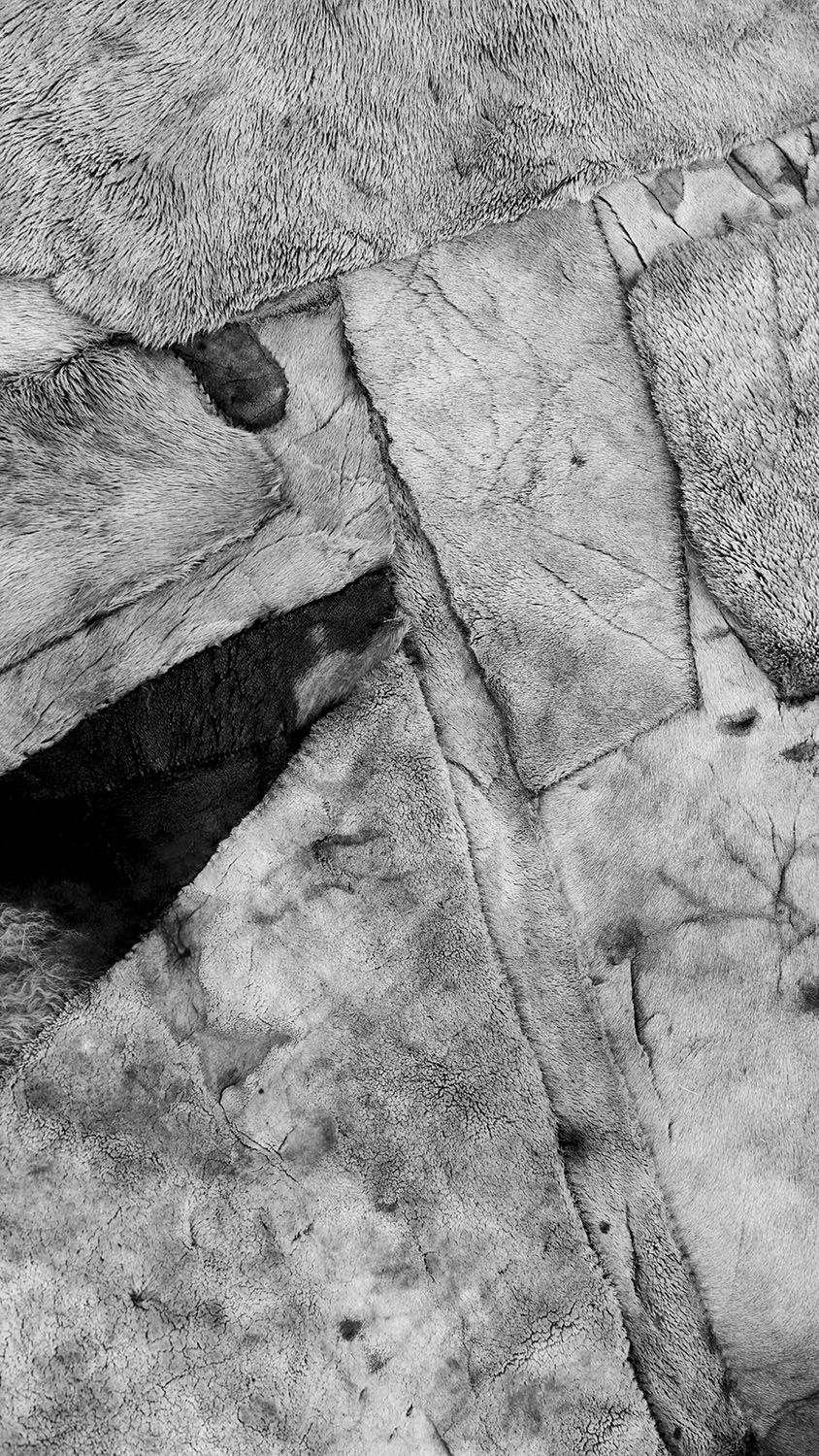

Until relatively recently, it was accepted that the Clovis culture constituted the findings of the first American population, given that there was no convincing evidence of previous human settlements. The most solid theory is that during the last glaciation, these human hunters, pushed by the glaciers and following mammoths and other prey, would have crossed the wide mass of ice that joined Asia and North America. Later moving southward along a corridor between two huge ice sheets in what is now Canada.
However, in 1997, new evidence of human occupation in Chile was found at a site called Monte Verde. These findings proved to be at least a thousand years prior to the appearance of the Clovis in North America. This further complicated the plot because it suggested that these humans would have traveled to the south of the continent before the ice sheets in Canada retreated enough to allow for overland passage.
The same year that the findings in Chile completely shook the history of the first settlements of the Americas, NASA landed the Mars Pathfinder on Ares Vallis on Mars, placing on televisions around the world the first images from the surface of the red planet. Thanks to the findings of that and subsequent Mars missions, astrobiology has been able to conclude that this planet once had conditions hospitable for life. The theory is that Mars was much warmer and wetter during its early days, however, it remains an enigma how this planet could have been warm enough, and have an atmosphere that was dense enough to hold liquid water for millions of years.
The current climate crisis has led some to fantasize about an escape to Mars. In that scenario, pushed no longer by glaciers but by the disappearance of them, a group of humans (with highly questionable acquisitive power) would cross the not so strait space between Earth and Mars to settle on a planet that is speculated to have once had conditions for life, but not anymore. Meanwhile, on the planet that is capable of hosting and nurturing life, and specifically on the continent that concerns us here, no less than 1352 cases of environmental conflicts have been reported in the Atlas of Environmental Justice. Human footprints of disproportionate scales.
We are a curious species that seems destined to walk tirelessly towards new horizons. In our migratory condition, human beings have always been involved in large-scale movement processes. We have an undeniable need to explore beyond. And the decision to move is, on many occasions, a matter of life or death. Without the frontier of the unknown, we would be finished. But what happens when there is nowhere else to go? where to turn our curious nature? How and where to move? Who would we have to leave behind?
The ecological crisis brought us to the edge once again. The world is asking us to leave the comfort of the known, to renounce the certainties of the logic that brought us here. We will have to move in a spiral. This time the next frontier is internal.
Sit, be still, and listen,
because you're drunk
and we're at
the edge of the roof.
— Rumi

One of the most significant rituals of the Chukchi, inhabitants of the Bering Strait, is performed when choosing the name of a newborn person. In their belief system, a person can be the reincarnation of multiple ancestors at the same time, and likewise, the same ancestor can be reincarnated in several people. It is an identity conceived as a series of overlapping and intercommunicating layers over time.
Population genetics studies have revealed that most Native American tribes share a common ancestor with the Chukchi people, a human who lived approximately 18,000 years ago among Paleo-Siberian hunters. The Chukchi ritual and population genetics seem to point to the same truth: multitudes inhabit us.
Human history can be interpreted from the perspective of a continuous migration. Time and again, we travel the path of our ancestors. And also that of our descendants. In the spiral of deep time, we are all involved in large-scale migratory processes that confront us once and again with unknown territories.
Our journey always begins there, on the horizon between the known and the unknown. The people of the Bering Strait have a name for this ever-changing place: Kromka. The Edge.
